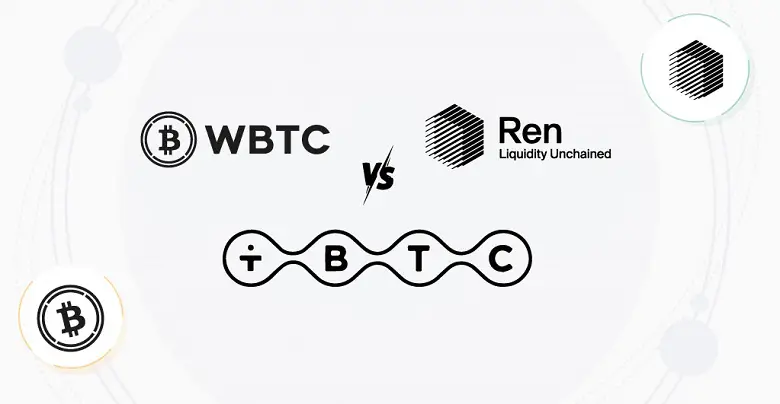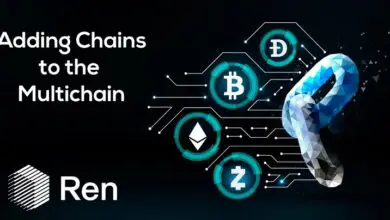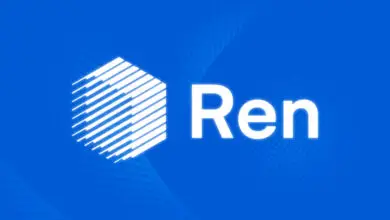WBTC, renBTC, and tBTC- Which one Do You Prefer?

The ongoing year 2020 has been a year for decentralized finance (DeFi), focusing on bridging Bitcoin with the Ethereum ecosystem. Following that, the emergence of the fully collateralized Ethereum ERC-20 tokens by BTC has already started. Accordingly, there are three projects based on which Bitcoin can be integrated on the Ethereum network; they are WBTC (wrapped bitcoin), tBTC (keep network), and renBTC (Ren).
The integration of Bitcoin with the DeFi infrastructure would help to increase liquidity by enabling all the users to access different financial applications on the Ethereum network without giving up their bitcoins. Therefore, the number of bitcoin users will increase, and on the other hand, it will also give the ETH holders better exposure to the Bitcoin investments without having to leave DeFi.
Let us find out each of the projects WBTC, renBTC, and tBTC in detail and determine which serves the best in bridging Bitcoins to Ethereum.
WBTC
The first bitcoin powered ERC-20 token is based on the consortium model, which means it does not follow the decentralized crypto architecture. The centralized model enables users to unlock their funds faster. The WBTC miners must comply with the KYC procedures, but the users can transact or hold WBTC tokens without undergoing the KYC procedures.
renBTC
renBTC is a P2P decentralized model of the renVM network with its own consensus rules and requires the REN holders to stake a minimum of 100,000 Ren tokens to participate in the pegging. The pegging is done through shards, and each shard comprises 200 nodes each, which uses a special algorithm known as the sMPC.
With this sMPC algorithm’s help, a dedicates bitcoin address is generated every time that can utilize only 66% of the nodes of one shard that are working together. If the remaining 33% of the nodes fail, it will end up confiscating the entire shard and will be used to compensate the users for their lost funds.
tBTC
tBTC is a decentralized layer of blockchain that is developed by the Keep Network. It allows users to store data privately in their network. It does not require any KYC because the whole system runs in a trustless manner.
Each of the three tokens has their sets of advantages and disadvantage and are suitable for different situations. WBTC’s most significant advantage is its “first-mover advantage” that allows the users to borrow or lend WBTC in a trustless manner. It also allows any deposits sizes with the minimum lock periods.
However, it also has some major drawbacks, and the foremost drawback is the KYC procedures that the minters need to go through. Another disadvantage of WBTC is its reliance on the consortium model that requires the users to depend on several crypto institutions for minting tokens.
renBTC is sometimes preferred by users as it is decentralized and real, and it is very good for high-velocity transactions. But again, it has its disadvantage; its scalability depends on the value of collateral bonds in the network that again depends on the price of the token.
tBTC is often considered better than WBTC because, unlike WBTC, which relies on merchants and custodians, tBTC relies on the incentives or the “game theory” to operate within the ecosystem. tBTC also has its set of drawbacks and the biggest being its six months lock period and limitations on the deposit sizes for bitcoins.
Therefore, no single approach can meet our requirements. A custodial option should be undertaken that reap the benefits of all the three tokens and eliminate their drawbacks, e.g., WBTC can opt for long-term lock periods and vaults, and renBTC can be opted for creating liquidity.


